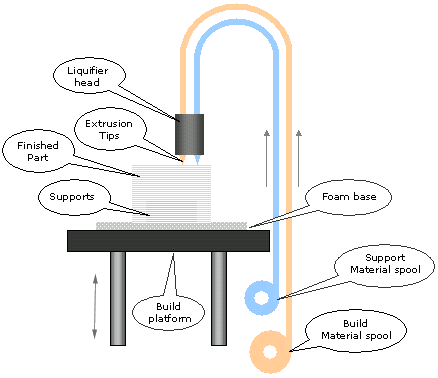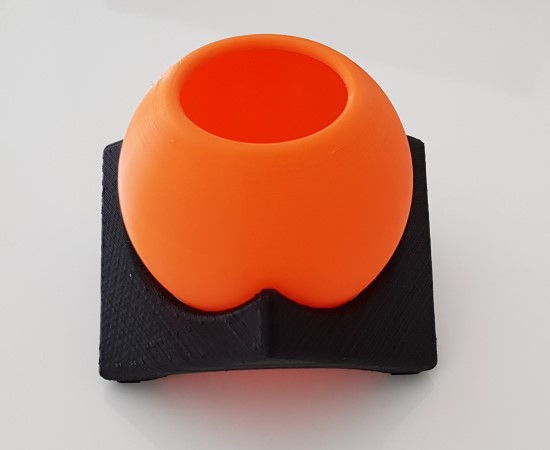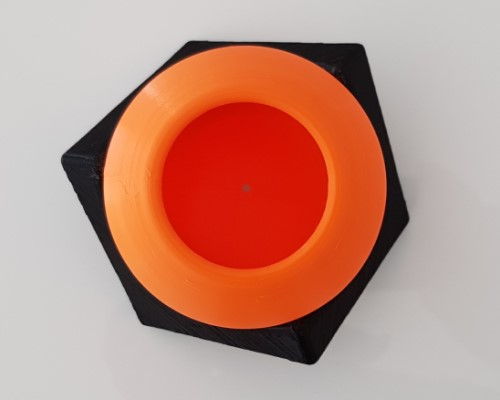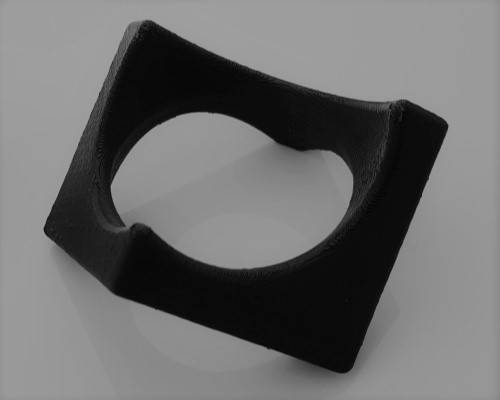Snapshot of FDM 3D PRINT Process
What is 3D Printing
3DP also known as 3D printing works on FDM principle as a layered manufacturing process. 3DP offers prototypes with thermoplastic PLA material. A thin bead of molten plastic is extruded through the computer controlled nozzle, which is deposited on a layer-by-layer basis to construct a prototype directly from 3D CAD data. The technology is commonly applied to initial conceptual design. In addition, parts can be used for form fit and light testing purpose.
Advantages of FDM based 3d-printed PLA parts
- 3D Printed PLA parts are strong and rigid, makes them suitable for fit and form testing.
- Cost effective solution for small to medium size parts in the shortest lead time.
- Biodegradable, eco-friendly and non-toxic material.
- Environmental exposure does not alter the size of the parts or its features.
- Ideal for low temperature applications.
- PLA parts can be further machined, sanded, polished or painted.
- PLA material is available in wide range of colours and blends.
Applications of 3DP PLA parts
- Conceptual models for effectively evaluating, optimising and communicating your design.
- PLA material comes in wide range of vibrant colours, make it popular in home decor items like vases, flower pots, decorative items, statues etc.
- 3D printed PLA parts can be directly used for Jigs and fixtures.
- Automotive, Aerospace companies use PLA parts for form and fitment testing.
- Product designers use PLA parts for form, fit and function analysis and concept visualisation.
- Packaging industries use PLA parts for concept designs.
- Medical, Healthcare and Defence industries use PLA products for form, fit and functional analysis.
Finishing examples of PLA prototypes
Available Finishes
- Machine Finish
- Polished Finish
- Painted Finish
3DP PLA material specs
| Property | Data |
|---|---|
Density
|
1.24 g/cm3 |
Tensile Strength (Mpa)
|
37 Mpa |
Tensile Modulus (Mpa)
|
3000 Mpa |
Flexural Strength (MPa)
|
80 MPa |
Flexural Modulus (MPa)
|
2900 Mpa |
Heat Deflection Temp - 0.45MPa (℃)
|
53℃ |
Note: This Data is indicative only
|
|
How FDM based 3D Printing works:
Process starts with a 3D CAD model sliced into thin layers in Z-axis. These sliced layers are used to drive an extrusion head of FDM machine. The building material, in the form of a thin solid filament, is fed from a spool to a movable head controlled by servo motors. Second filament is fed from adjacent nozzle for support material, used to give support for over-hanged or cantilever features. The filament reaches the liquifier head, melts it and then extruded through a nozzle onto the part surface. After covering the whole cross-section build platform descends by one layer thickness to lay down the next layer. Process repeats itself until full 3D part is formed. The temperature of machine chamber is precisely controlled below the melting point of the material so that only little amount of heat is required to melt the filament and on the other hand part need to be kept cool enough so that the molten material solidifies upon contact.


Limitations of FDM printed PLA parts
- PLA parts have low resistance to high temperature.
- PLA parts are quite brittle and prone to cracking.
- FDM parts have a ribbed appearance because of plastic is extruded in horizontal layers, which can be easily sanded and polished to smooth finish.
- Clips and snap features could fail due to layering process and brittleness.
- FDM could be a slower process for very large build volume parts subject to part complexity and shape. Thin wall and hollow parts are faster to make than solid builds.




